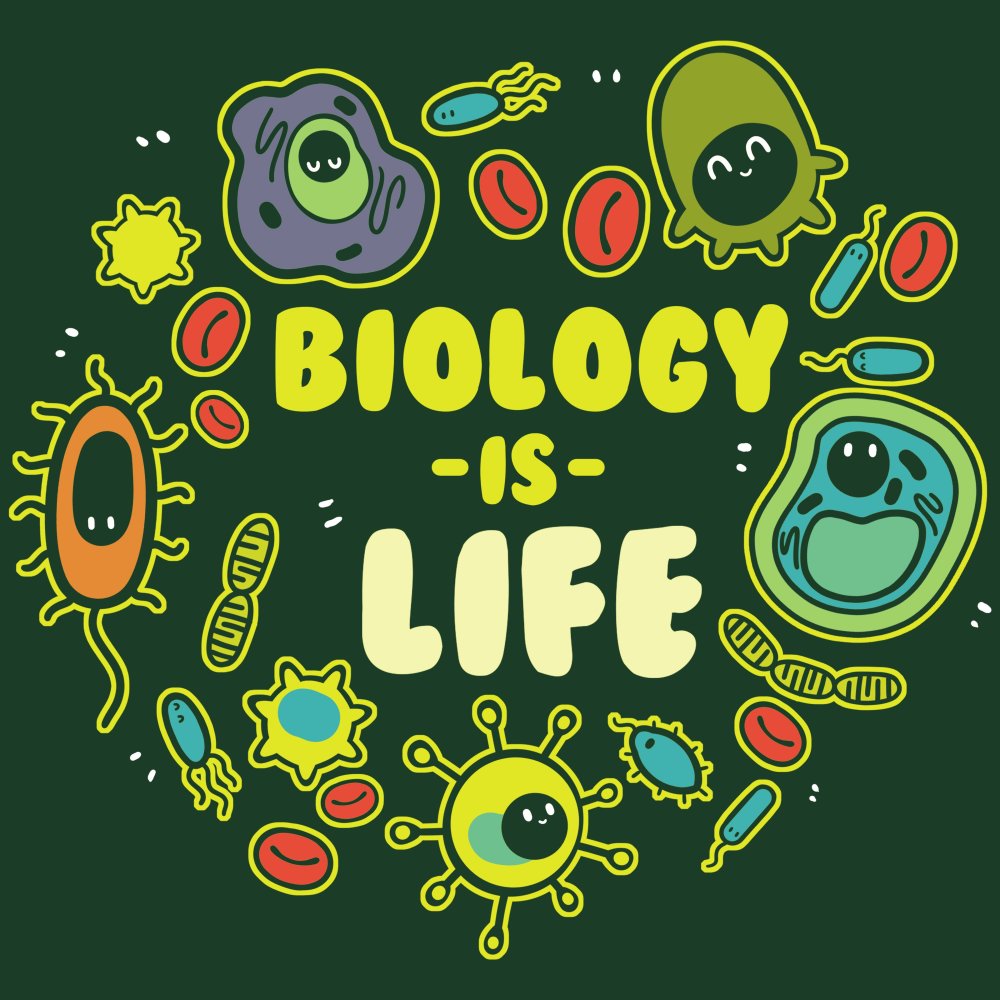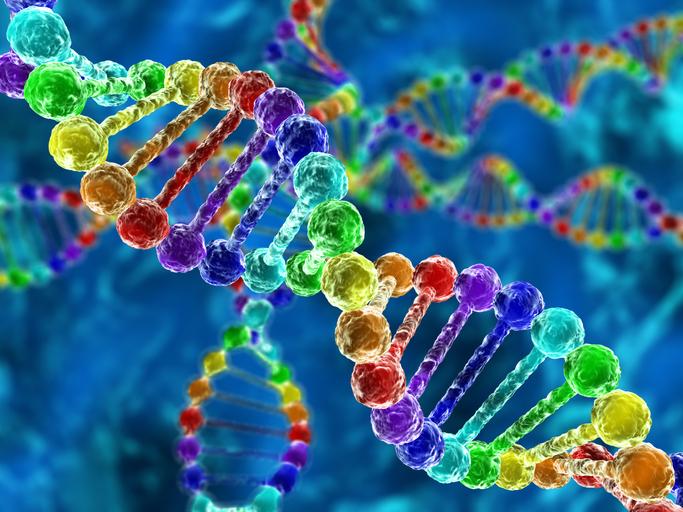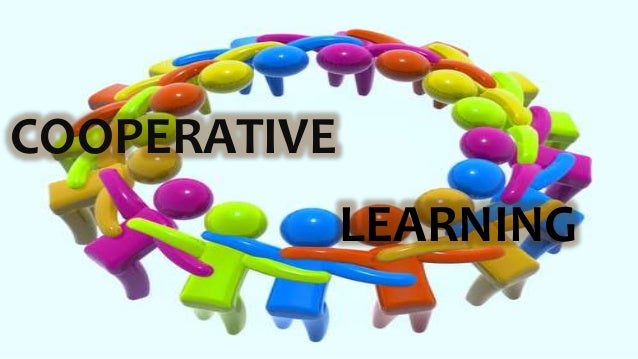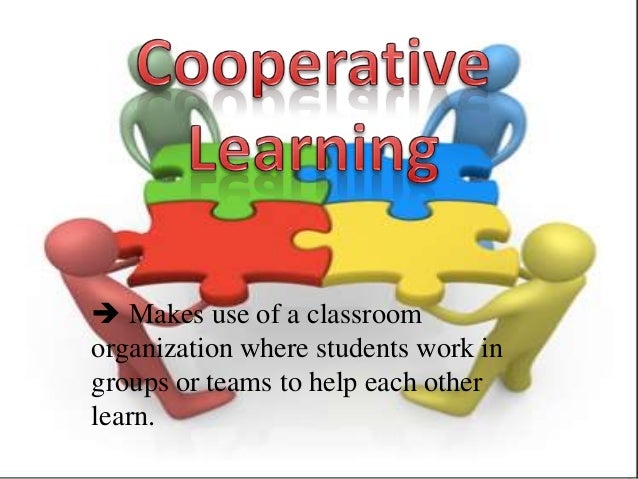Biology is a natural science concerned with the study of life and living organisms. Modern biology is a vast and eclectic field composed of many specialized disciplines that study the structure, function, growth, distribution, evolution, or other features of living organisms.

The three main branches of biology are:
1. Botany is the branch of biology which deals with the study of different aspects of plants.
2. Zoology is the branch of biology connected with the study of different aspects of animals. Aristotle is known as the father of Zoology.
3. Microbiology is the branch of biology dealing with the study of different aspects of microorganism.
Here are the some other different branches of biology (or divisions of biology) and their definitions:
Anatomy:
Anatomy is the branch of biology that deals with the study of the structure of organisms and their parts.
Biochemistry
Biochemistry is the branch of biology concerned with the chemical and physiochemical processes that occur within living organisms.
Biophysics
Biophysics is the science of the application of the laws of physics to biological phenomena.
Biotechnology
Biotechnology is the exploitation of biological processes such as genetic manipulation of micro-organisms for the production of antibiotics, hormones, etc.
Cell Biology
Cell biology is the study of cell structure and function, and it revolves around the concept that the cell is the fundamental unit of life.
Ecology
Ecology is the branch of biology that deals with the relations of organisms to one another and to their physical surroundings.
Evolution
Evolution is the process by which different kinds of living organisms are thought to have developed and diversified from earlier forms during the history of the earth (Darwinism).
Genetics
Genetics is the study of genes, genetic variation, and heredity in living organisms.
Immunology
Immunology is the branch of medicine and biology concerned with immunity.
Marine Biology
Marine biology is the scientific study of organisms in the ocean or other marine bodies of water.
Microbiology
Microbiology is the study of microscopic organisms, those being unicellular, multicellular, or acellular.
The person who study biology is named: biologist.
Biologist is a scientist who studies life, specifically
organisms and their relationship to their environment.
Generally speaking, biologists study humans, animals,
plants and bacteria to gain a better understanding of how the
body and nature works, and how external factors may
influence each organism.

Finally as Oprah Winfrey said: Biology is the
least of what makes someone a mother.




